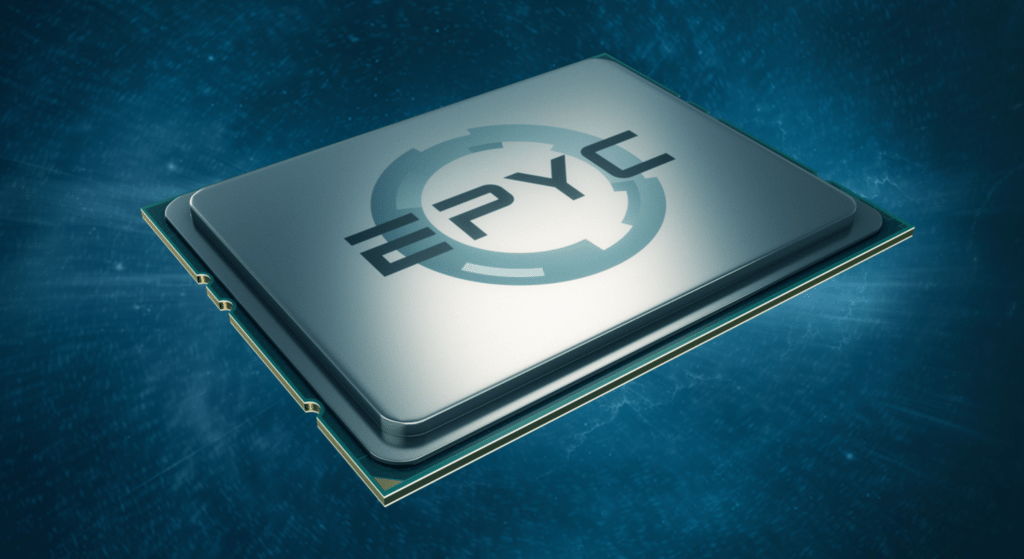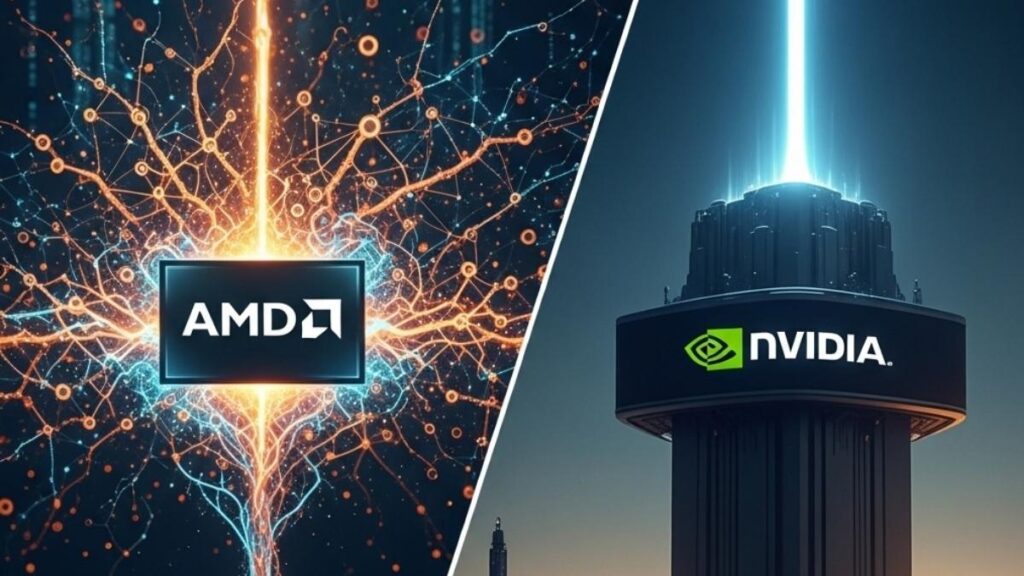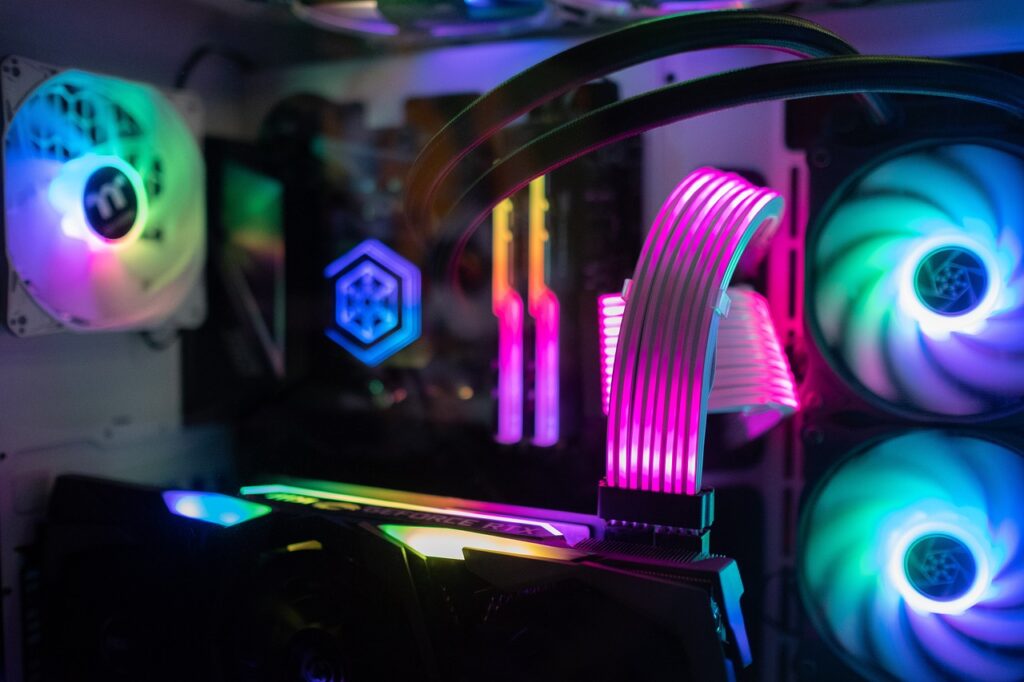This week AMD announced they had signed Lenovo and Sugon as OEM partners and Tencent and JD.com as datacenter customers in China as they roll their EPYC platform into China’s cloud market. Other firms supporting this launch are Acer, Asus, Fiberhome, Gigabyte, HPE, H3C Inventec SuperCloud, Supermirror, TYAN, and Wistron. This is an unusually significant amount of support for what is largely a brand-new product. The reason for this success largely has to do with the target audience and AMD’s unique focus on customer engagement.
Let’s talk about both things this week.
Cloud Service Providers
This is becoming a very unique market in that the folks that provide cloud services approach servers and the underlying technology very differently than their IT counterparts. These buyers are much more willing to take cutting edge technology as long as that technology meets their unique need to provide maximum load flexibility, power efficiency, and the capability to build their own unique rack mounted solutions when necessary.
In a way that makes them both the dream and nightmare customer set. Dream in that they don’t typically require the product to exist for months before they’ll deploy it, nightmare because they typically don’t like to buy off the shelf and often have very different ideas, service provider to service provider, regarding what their ideal solution is.
This makes them particularly useful early in a new product’s lifecycle because they can become the primary validating body for their more conservative IT counterparts and, often, make for surprisingly good product advocates when IT is finally ready to think about deploying the offering internally.
AMD Practice
Where AMD generally stands out against their peers is that they are willing to do custom work on their processors and are known to listen to their clients and they have the capability of doing semi-custom solutions when needed. This unique semi-custom capability engages these customers in the design process and with AMD’s focus on this segment undoubtedly has a lot to do with their design choices on their mainstream server offerings. The result is that they can generally out-target their competition, which employs a more typical one-size-fits-all strategy tied to the core technology. This more common process doesn’t lend itself well to collaboration and effectively prevents the tight targeting that AMD is doing in the segment.
It is interesting to note that this same approach has worked exceedingly well for the game console market as well, providing both a better targeted solution and tighter customer engagement. The result is an ever-evolving line of server processors more closely coupled with the unique and distinct requirements of both customer groups but also helpful in creating potentially more interesting offerings for larger audiences which have similar performance needs.
EPYC
EPYC is an interesting server processor consisting of a core range starting at 8 and expanding to 32 cores. It has a powerful memory architecture with an impressive 8 channels of memory and – when configured into an optimized 2 socket configuration – it will support up to 32 DIMMS od DDR4 over a combined 16 memory channels. It has mainframe-like I/O capability with an impressive 128 lanes of PCI 3 and it enjoys a uniquely optimized cache structure for high-performance and energy efficiency. As with other current AMD offerings it also employs Infinity Fabric for socket intercommunications in a two-socket system. Finally, like other products in its class, it has dedicated security hardware, often a major requirement for processors targeted at large corporate opportunities.
Wrapping Up: Engagement Over Product
What makes AMD truly different in this segment is their willingness to engage and build what customers want them to build rather than just selling what they’ve decided customers want. In the cloud services market where buyers have incredibly unique needs, that has provided AMD with a potentially significant advantage and speaks to why they are getting this incredible amount of support for what is a very young offering.
It should not be a surprise to any of us that are married that listening and being responsive to what you hear can be an impressive business advantage.
- The HP OmniBook X Flip 2-in-1 16-Inch: Your New Digital Swiss Army Knife (Now in Glorious Atmospheric Blue) - June 25, 2025
- The Open AI Avalanche: Why AMD’s Collaborative Spirit Is Outmaneuvering NVIDIA’s Empire - June 22, 2025
- Lenovo Embraces OpenBMC: A Step Towards Greater Transparency and Control in the Data Center - June 17, 2025



